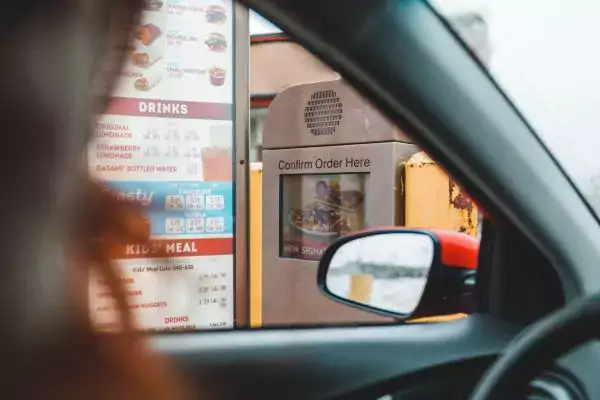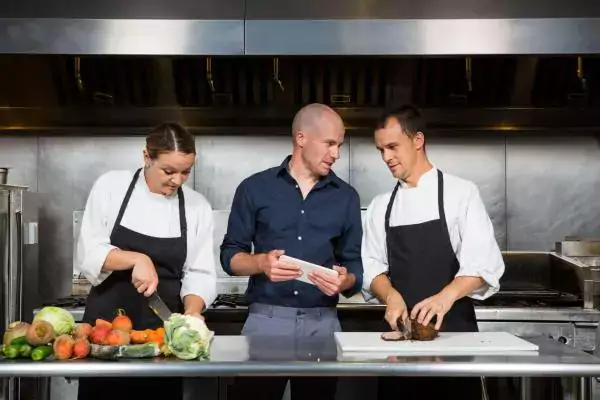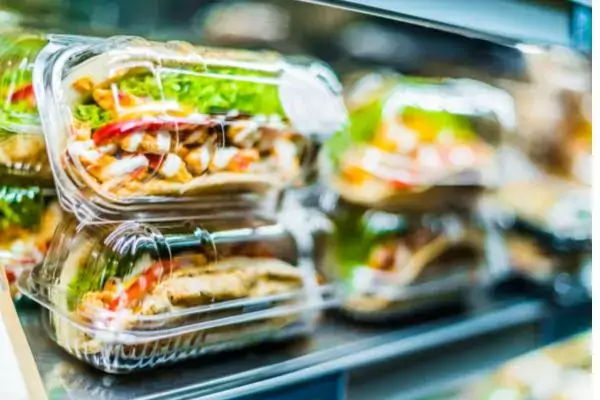I’ve seen this coming since 2009 when I visited the newly opened Yankee Stadium and paid $5 for a cup of freshly squeezed lemonade. I passed on the sushi and $15 steak sandwiches. Welcome to the era of the upscale food court!
It’s not just Major League ballparks that are offering more expensive options. It’s as if retailers across the country have pressed the “reset” button on the food court experience. According to one report, America’s experience has been “a wasteland of spongy pretzels, giant sodas, greasy fried rice and endless burgers.” That’s a blunt assessment, but an honest one.
Thanks to influential celebrity chefs like Mario Batali and Anthony Bourdain, the food court is experiencing a renaissance. In 2010, Batali, along with two business partners, opened a 50,000-square-foot emporium on Fifth Avenue in New York cleverly named Eataly. The U.S. mecca of Italian food is the sister of the original in Turin, and offers an experience that’s part dining and part grocery shopping.
Meanwhile, a Bourdain Market is slated to open in early 2016 in Manhattan. The 100,000-square-foot market will have a produce market, a butcher shop, bakery and pastry shop, tapas bar, tea shop, oyster bar, and Asian-style rooftop beer garden. According to reports, the environment will be intentionally chaotic -- like an amusement park for foodies.
Some snarkier New Yorkers may attribute the proliferation of upscale food markets as the “yuppification” of the city. However, according to Bourdain’s business partner, Stephen Werther of Wink Retail Group, the upscaling of the food court experience is “really just America catching up with some of the wonderful ways the rest of the world eats.”
Come for the Food, Stay for the Shopping
This is new mantra of retail centers across the country. The upscaling of food courts hasn’t happened overnight just because of celebrity chefs. The malls and retail centers of yesteryear -- the wastelands of spongy pretzels – weren’t competing with online shopping. “If you can lure more potential customers to your retail operations with haute cuisine or the best street-style taco, then you give consumers more reason to engage in non-virtual shopping,” writes Dan Hesse for The Daily Meal. In other words, food has become a big attraction in the modern retail environment. Just consider the current retail landscape and the struggles that some of America’s oldest department store chains like Sears and JCPenney’s have faced in recent years. The most successful brick-and-mortar stores seem to be high-end retailers that offer the kind of personalized shopping experience that people can’t have on Amazon.com.Since retail has gone upscale, so too have the dining options. It makes sense if you think about it. A lot of people getting fitted for new work shirts or picking out wedding attire might not want to chow down on a Big Mac and fries in the food court. They might gravitate more towards Panera, which just announced that it will drop 150 artificial ingredients from its menu.
From a practical standpoint, the upscaling of foodservice presents an opportunity for brands to reexamine their operations and for property owners to reconsider the dining area. It may be time to upgrade the menu, modernize the light fixtures, and offer new seating. Be creative. Some re-imagination can go a long way.Subscribe to our blog
You are now subscribed!


